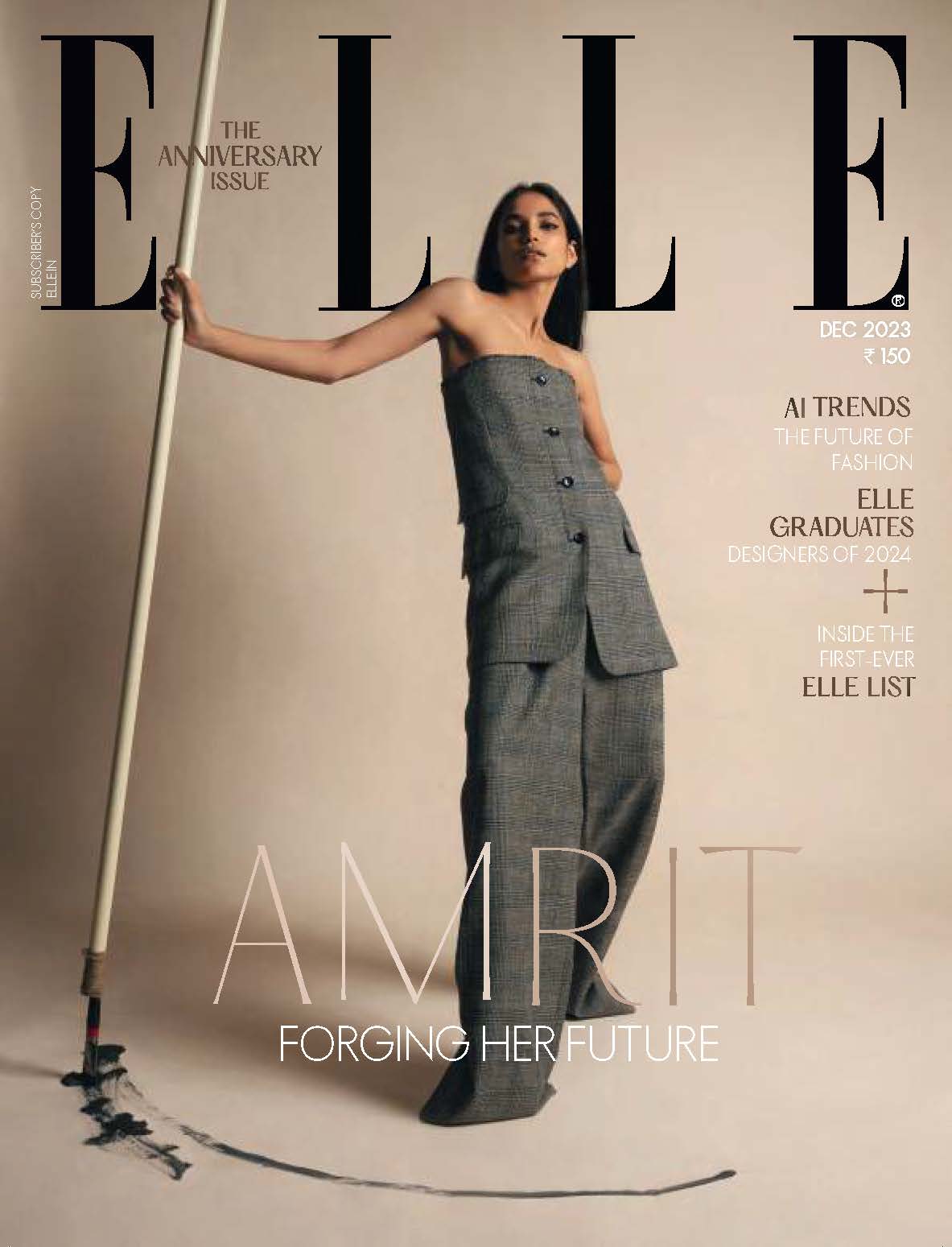While the concept of gender inclusivity has seeped into clothing and beauty brands, it is also making its way into the world of accessories, especially jewellery. A separate line of jewellery exists just for women and just for men, but why not have something that can be used across all genders? A new generation of designers is identifying this gap, going against the norm and working to make gender-fluid jewellery more mainstream with statement pieces for you not just to wear as an accessory but also to express yourself. Bookmark these homegrown jewellery labels that are breaking the binary.
1. Eurumme
With a raw aesthetic as its signature style, Eishita Puri established Eurumme in August 2015 but started a gender-neutral line only in 2020 amidst the pandemic. “Staying at home, introspecting and mulling over life got me thinking. I began to question why things have to be the way they are. Why is jewellery predominantly considered something of interest only to women? Who decided pink is for girls and blue for boys? Gender shouldn’t define anything. Men’s jewellery has been gaining popularity for a while, but I wanted to take it a step further by asking: why can’t a piece of jewellery be designed in a way that makes that same piece of jewellery wearable by all genders? And so our gender-fluid line was born,” says Eishita. While the semi-precious jewellery brand has pieces designed in gold, it also experiments with toxin-free brass, recycled metals, leaves and twigs, and more.

Thoughts On Inclusivity In Fashion: “The fashion industry has come a long way in terms of inclusivity, but there’s so much more that we need to do. To me, all genders are valid, and if anything, gender is a social construct. I feel gender fluidity is more about a way of life. The idea is to break away from what typically constitutes masculinity and femininity. I don’t see why we need such rigid and structured definitions of gender.”

Brands Can Be More Inclusive By: “Normalising differences and celebrating them. There are so many ways of being inclusive. Creating for all sizes, all colours, all genders is a starting point – not just when it’s the in thing to do, but in perpetuity, until inclusivity is the norm.”

2. Funky Maharani
Founded by Hansika Jethnani and Stevie Jhangiani, Funky Maharani is giving a fun and fresh twist to Maang Tikkas for daily wear. “The inspiration behind the label is the amalgamation of tradition with the contemporary. As desis from the diaspora, we are both proud of our roots and rooted in our culture, but we’re aware that culture and tradition are constantly evolving, and we wanted to make Indian jewellery that was a testament to that,” shares Hansika. The sustainable pieces are made from 80% recycled brass in small batches by local artisans in Gujarat and can be worn by people from across the spectrum – men, women, genderqueers and gender variants.

Thoughts On Inclusivity In Fashion: “Some waves have been made, and there are conversations on fashion and gender more than ever before, but there is still a long way to go in creating a truly inclusive fashion industry, one that’s inclusive in all respects, be it gender or body type. It is the need of the hour and has to be the future of fashion.”

Brands Can Be More Inclusive By: “Thinking about the models who are portraying the brand, and the type of written and visual content put out on social media. I think it is also important to go a step further and think about the influencers being collaborated with.”

3. Nazm
After nine years of training to be a doctor, Varsha Shetty chose passion over profession. Fashion and jewellery was her true calling. “It was in my early teens that I saw Malaika in Chaiyya Chaiyya, wearing those silver jhumkis, and I fell in love,” explains Varsha while talking about the inception of her silver jewellery label. Nazm literally translates to a part of Urdu poetry, written in rhymed verse.

“Inclusivity for us was more of a personal choice. Our friends who stand by their choices in life fell in love with our pieces. And when we saw them style it so beautifully, this concept just grew on us organically. My jewellery is for everyone who would want to wear it. It was never made for a specific type of person or gender,” she adds.

Thoughts On Inclusivity In Fashion: “Inclusivity must really be at the core of everything we do. Fashion is one of the most influential industries in the world, purely based on self-expression and creativity. It cannot fulfil its true duty as a form of art if it’s not diverse or inclusive. Every part of society needs to reform if there is going to be a real change, and we can make it beautiful, unique and celebrate it.”

Brands Can Be More Inclusive By: “By including diverse models in their campaigns and collections. There should be a visual for everyone shopping online, a version of themselves for the product to be relatable and instil the confidence to carry any style irrespective of the size/shape or gender of personal choice.”


